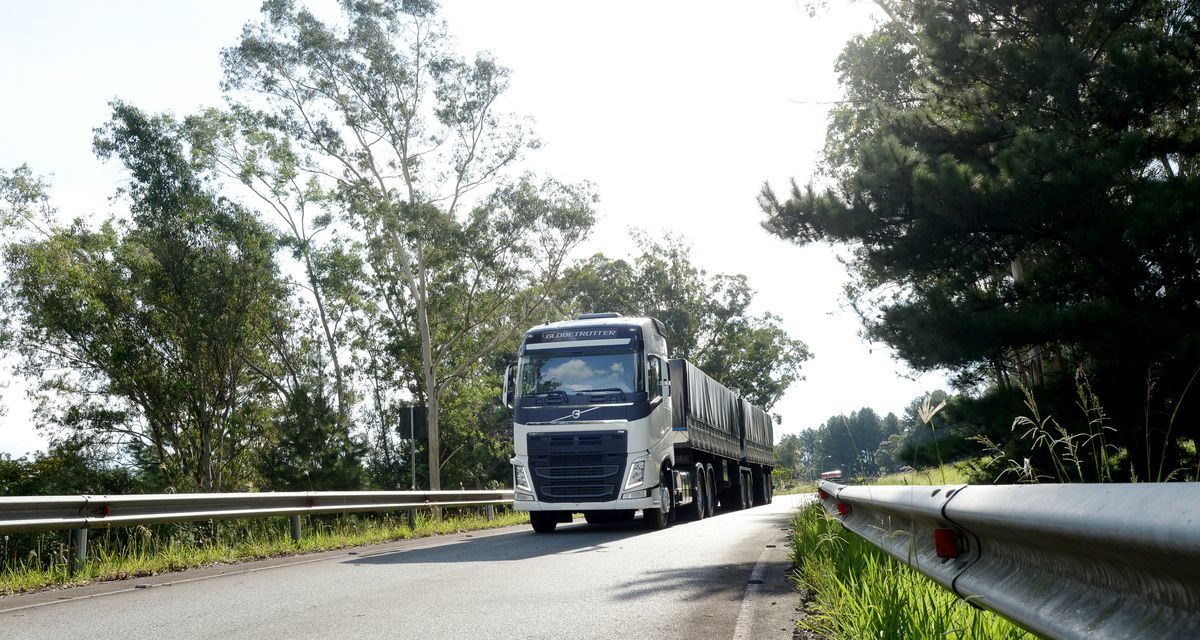By Décio Costa | 5/8/23 | Translated by Jorge Meditsch
The evolution from Pronconve’s P7 regulations to P8, equivalent to Euro 6, has resulted in a strong unbalance between assembly lines and the market. Without a satisfactory demand and compelled to produce only vehicles fitting the new legislation, the industry faces challenges to adjust the production levels.
According to Anfavea, from the 44 thousand heavy vehicles delivered in 2023, only 10.2% were produced this year. Only 4.3 thousand from 36.4 thousand trucks negotiated – 11.8% – were Euro 6 vehicles. The bus chassis sector shows an even more dramatic scenario: from 7.6 thousand units, only 112 were products of the new phase.
“Considering the previous situations of environmental regulation changes, the participation of the new products in the market should already be around 40%”, said Gustavo Bonini, Anfavea’s vice president this Monday, 5/8. .
In the last month, nine manufacturers announced measures to reduce production, part of them from the heavy segment, as Mercedes-Benz, Scania, Volkswagen Caminhões e Ônibus and Iveco.
The figures don’t leave doubts about the impact on the plants. In April, 7.2 thousand trucks were produced, a 41.1% fall compared to March (12.3 thousand) and 28% less than in the same month last year. In the first third of the year, Euro 6 trucks production reached 31.7 thousand units, 26.8% less than one year before.
In the bus segment, the manufacturers produced last month 1.6 thousand chassis, 16.9% less than in March (1.9 thousand) and slightly more than in April 2022, a 0.2% increase. In the first four months, the setback reached 23%, from 7.3 thousand to 5.6 thousand units.
- Mercedes-Benz contabiliza R$ 300 milhões ainda não pagos de entregas de ônibus elétricos - 24 de abril de 2025
- Schaeffler prepara estreia da marca Vitesco na América do Sul - 23 de abril de 2025
- NTN encaminha aumento de capacidade de produção no Brasil - 22 de abril de 2025










